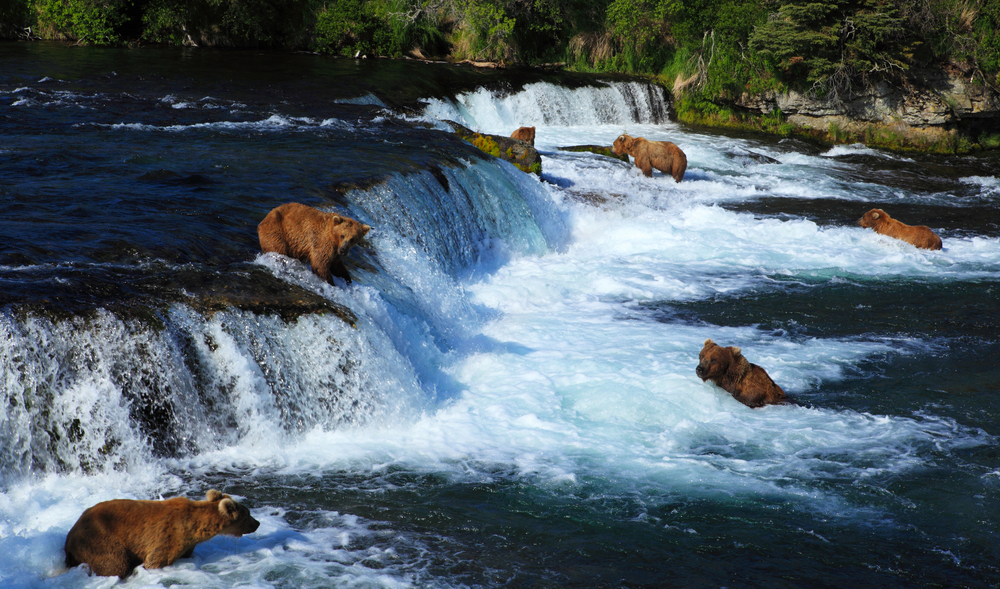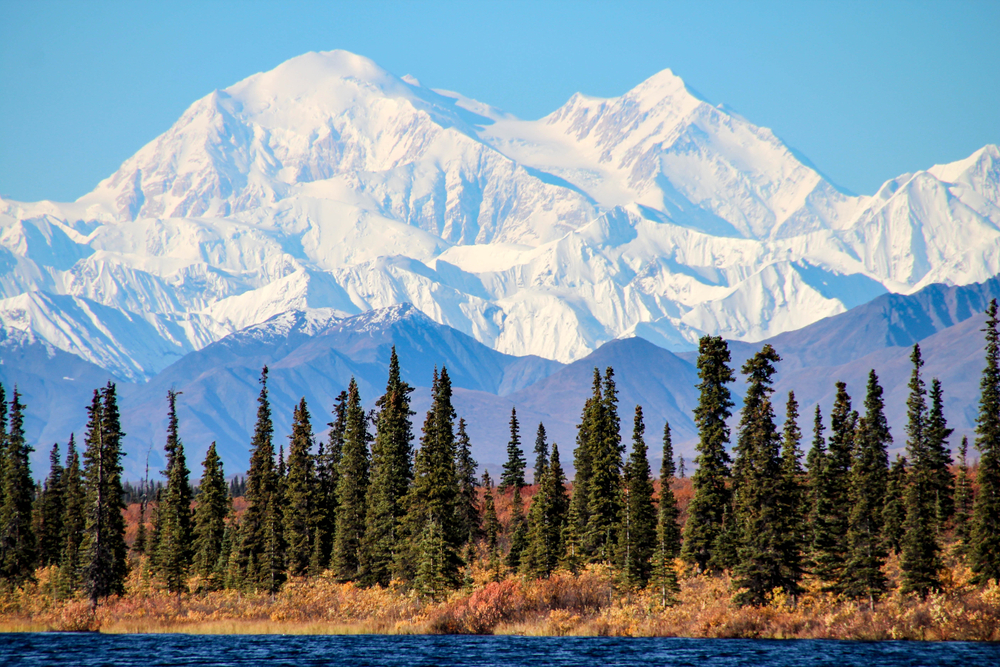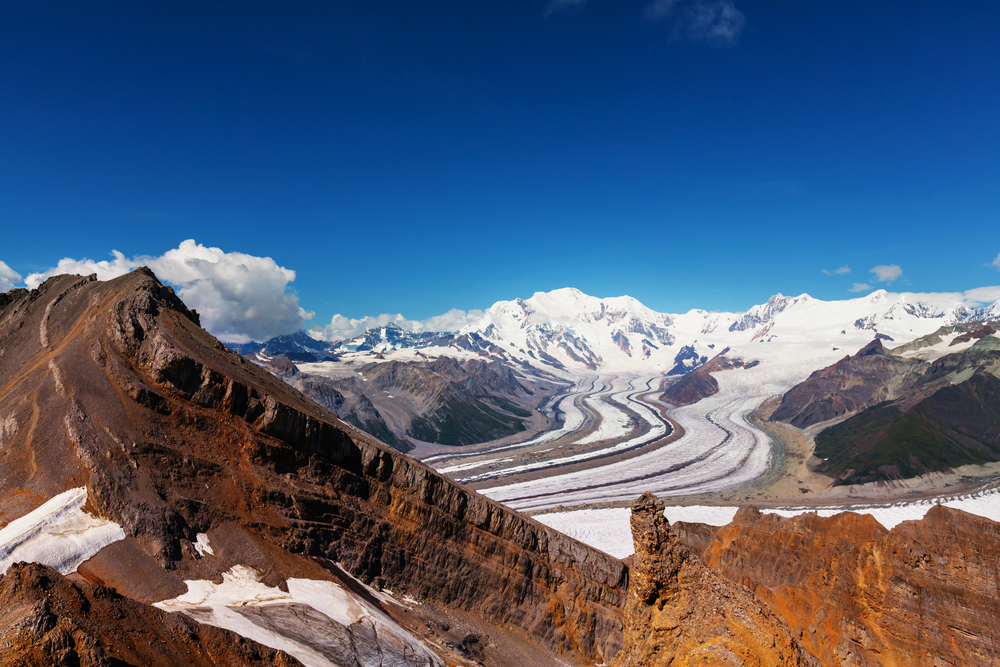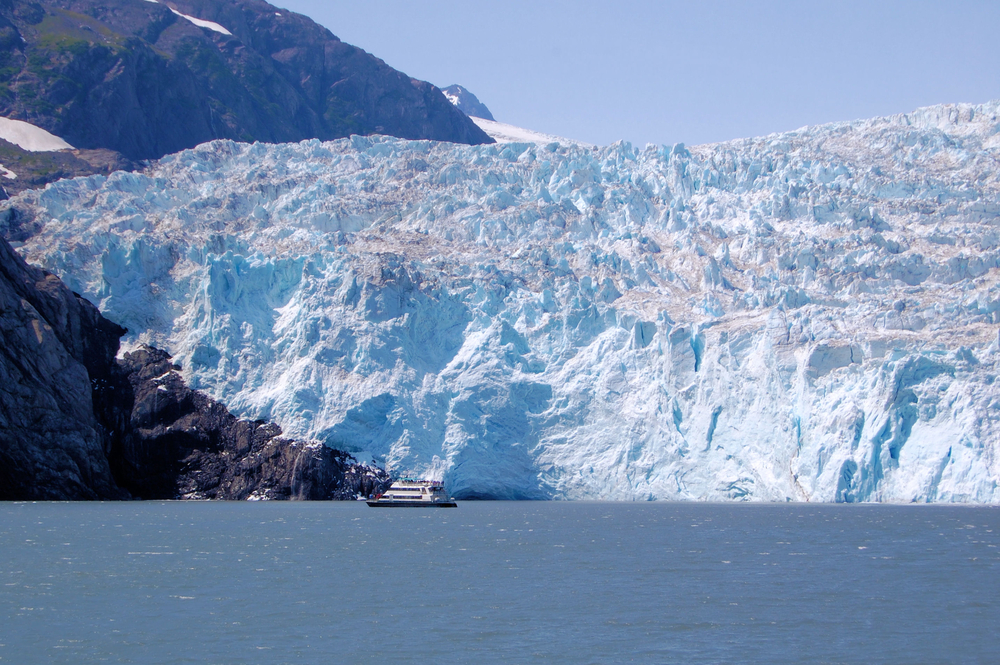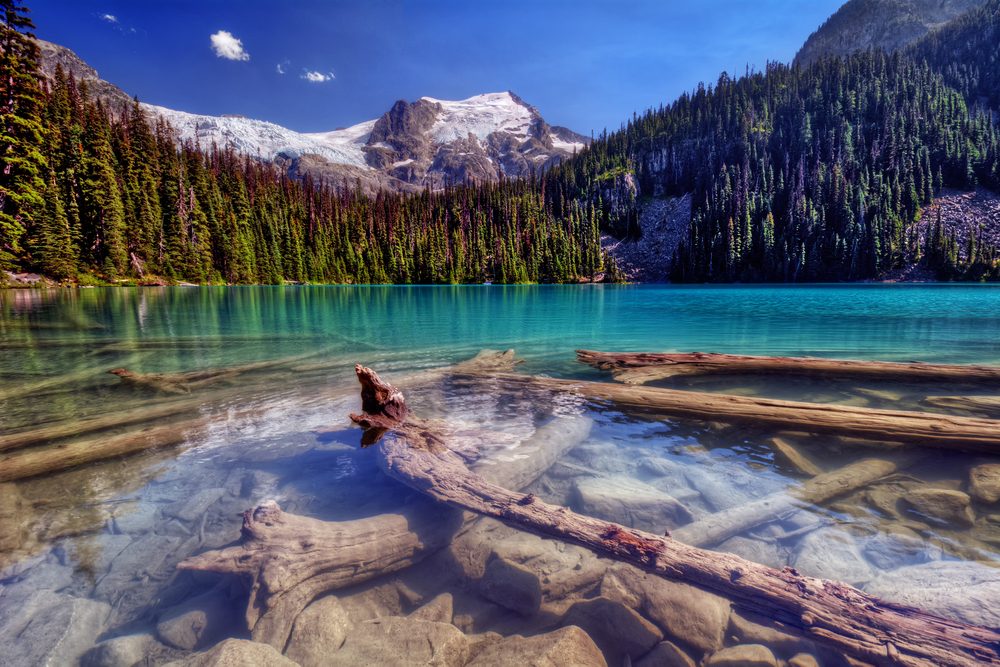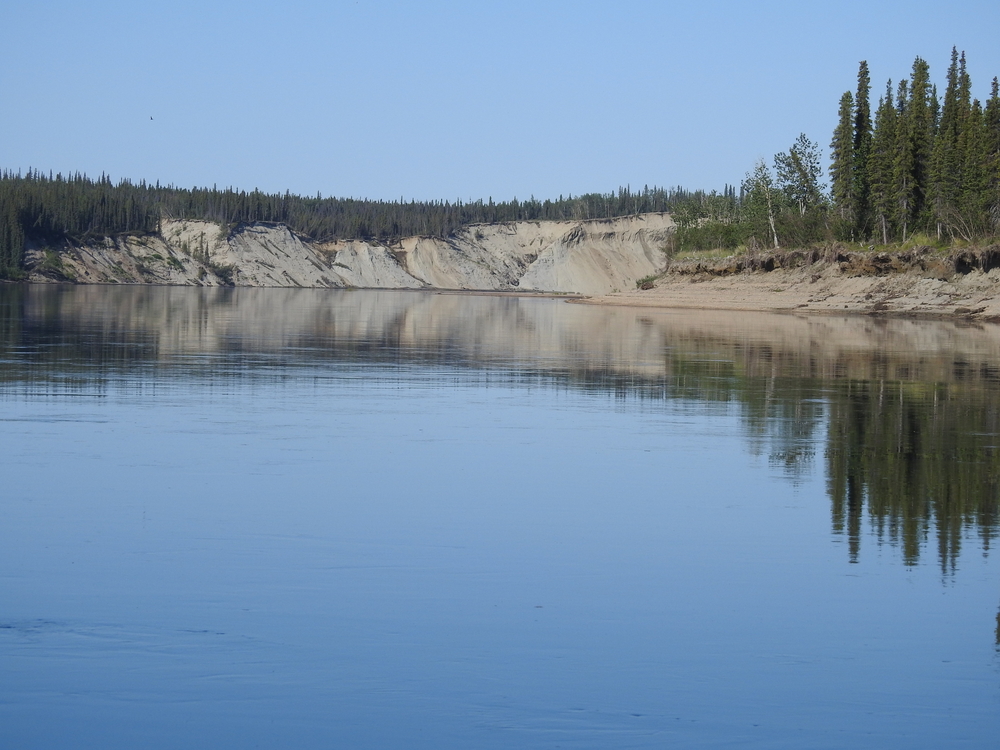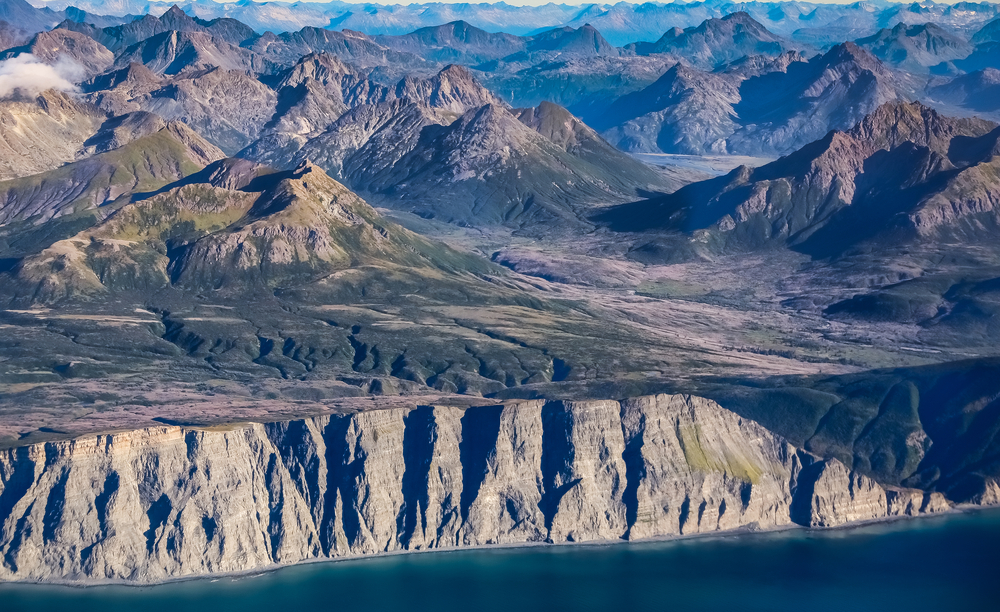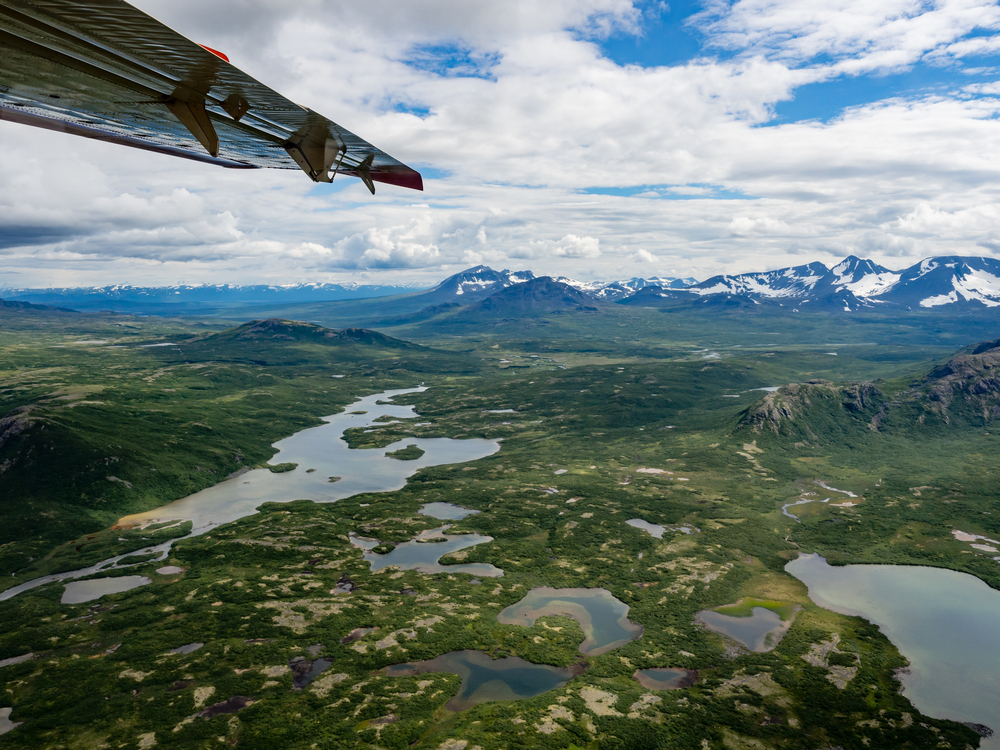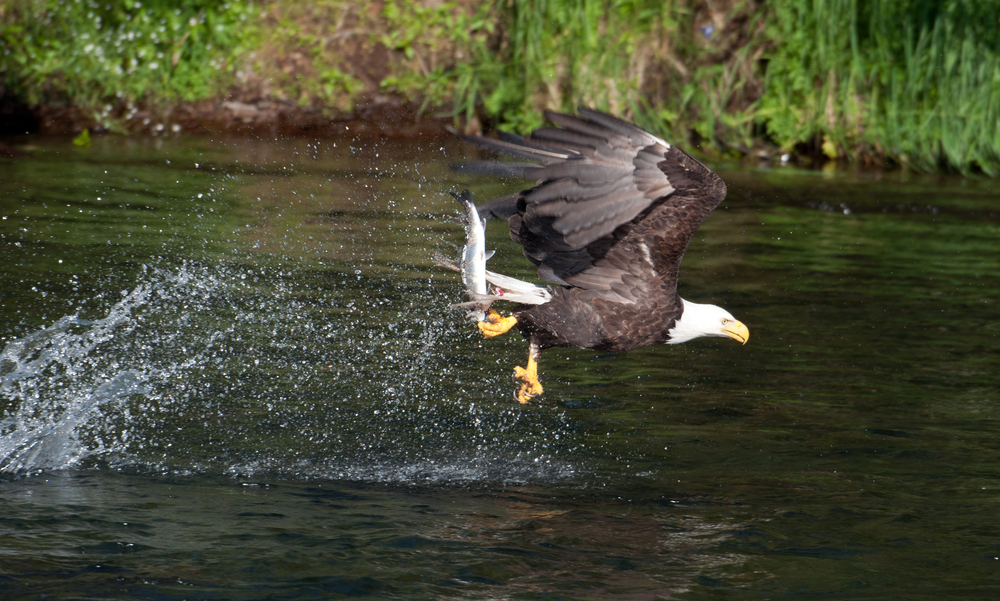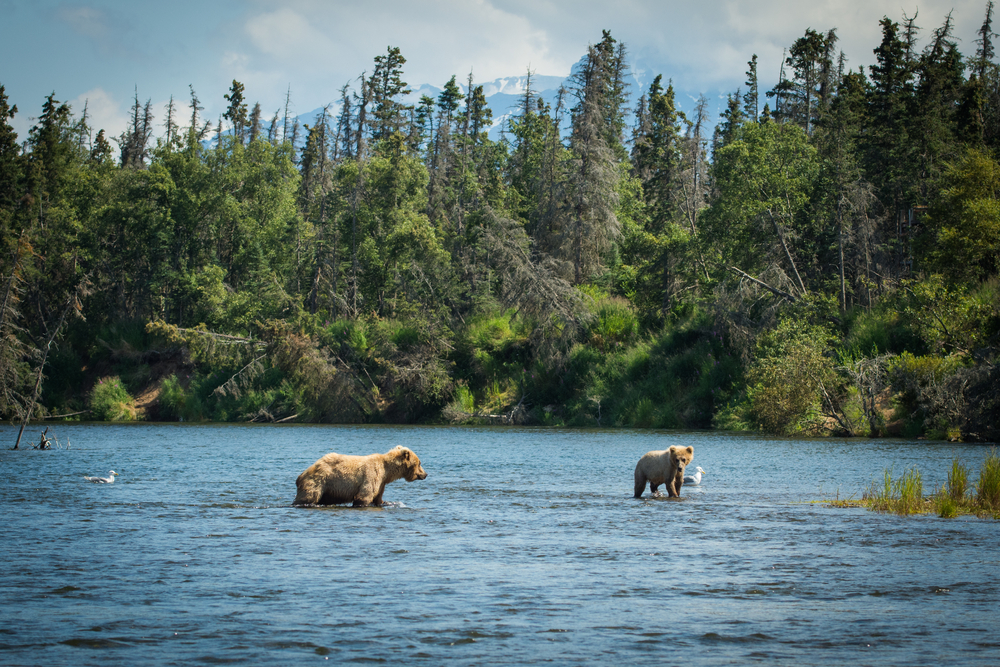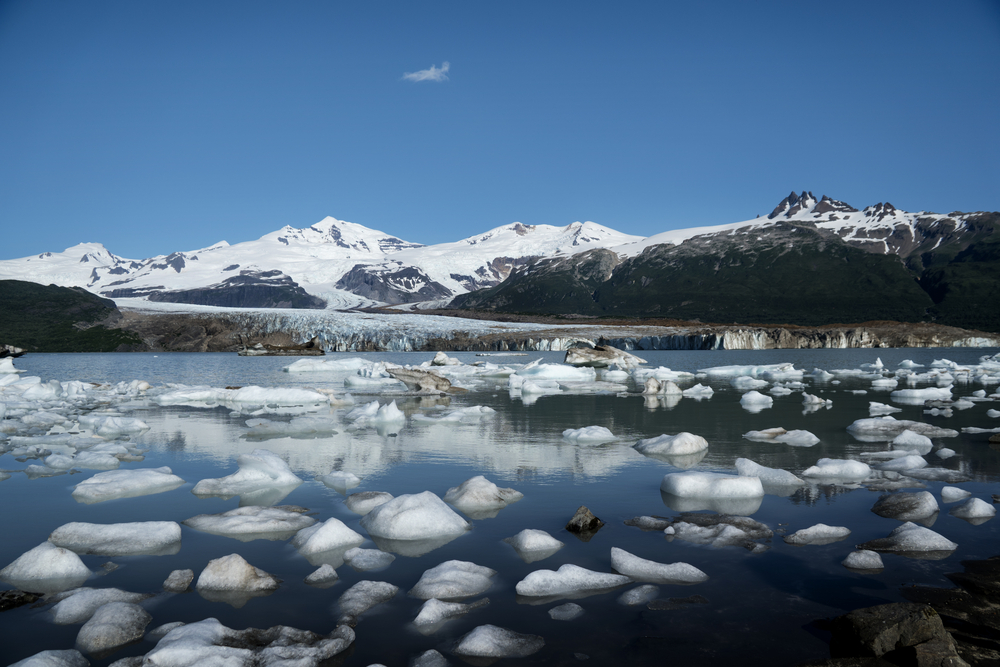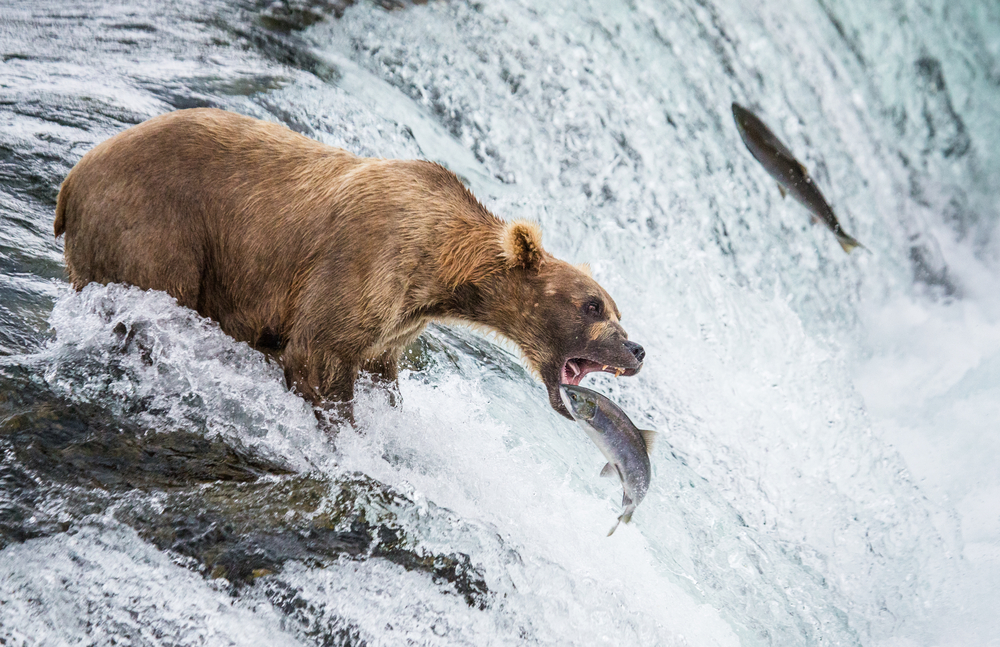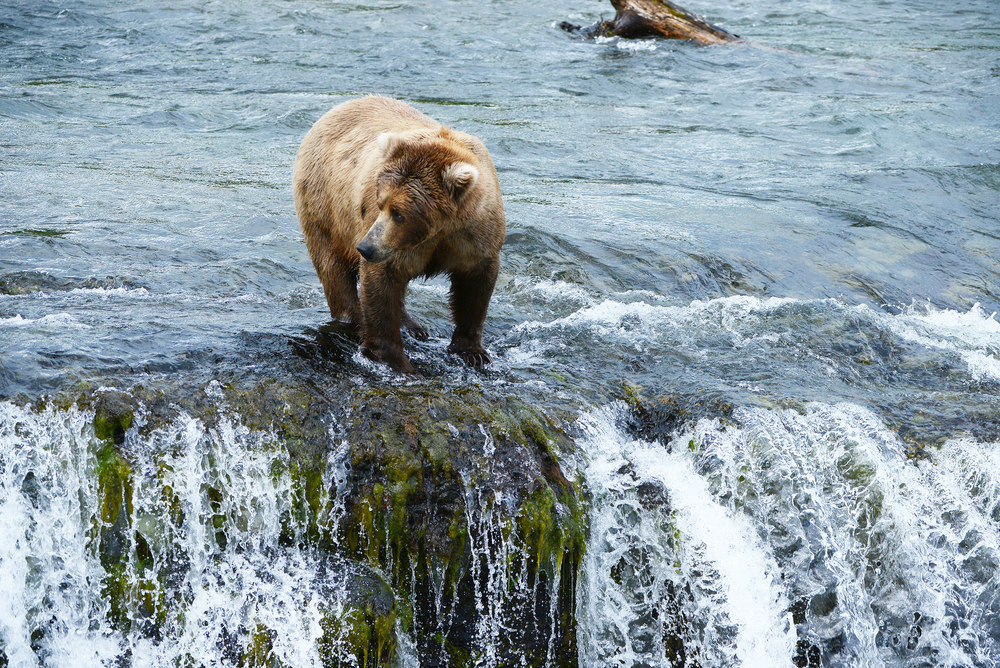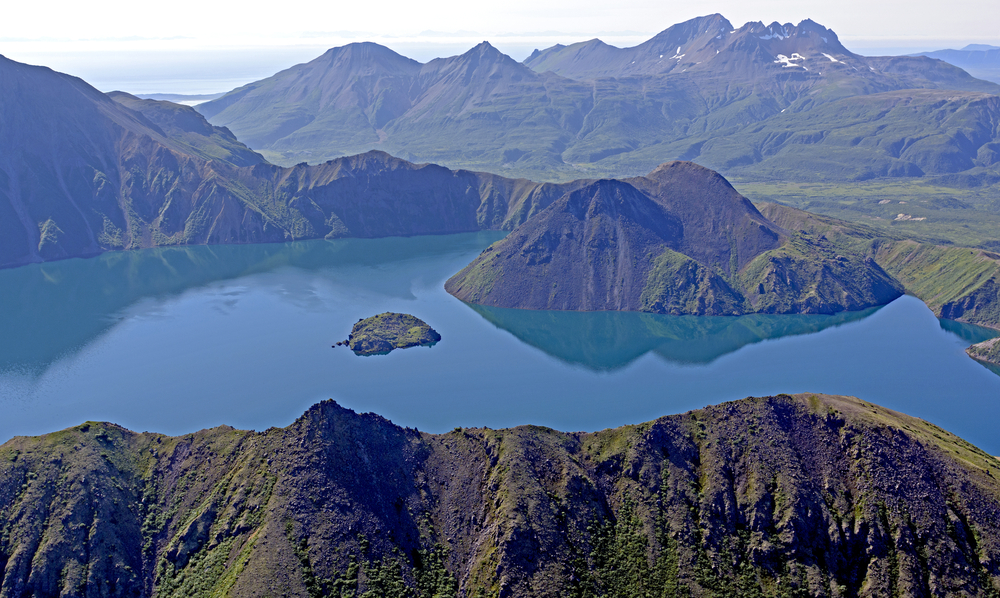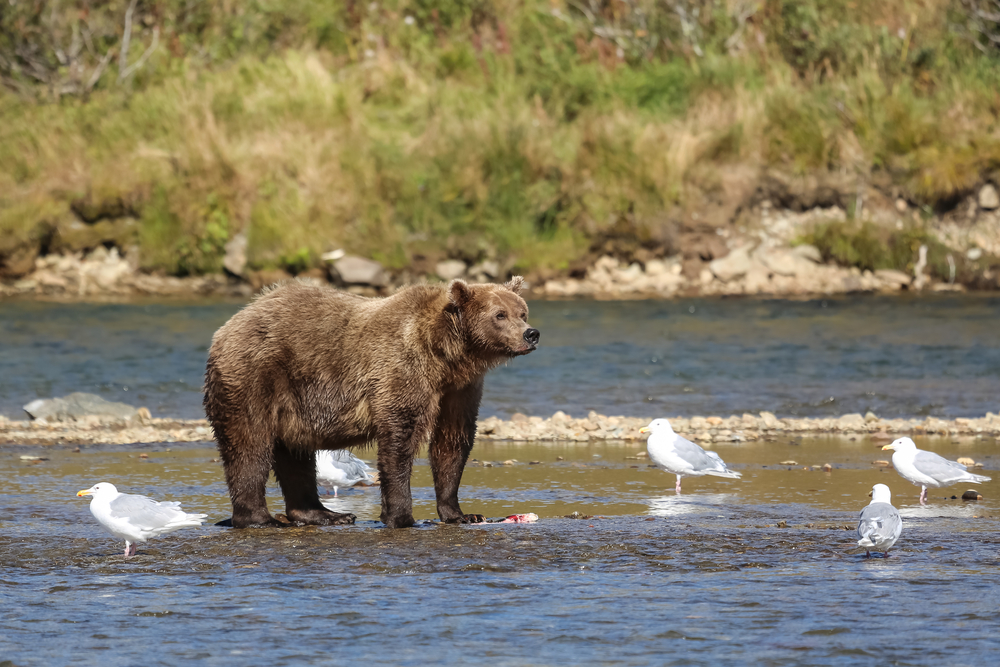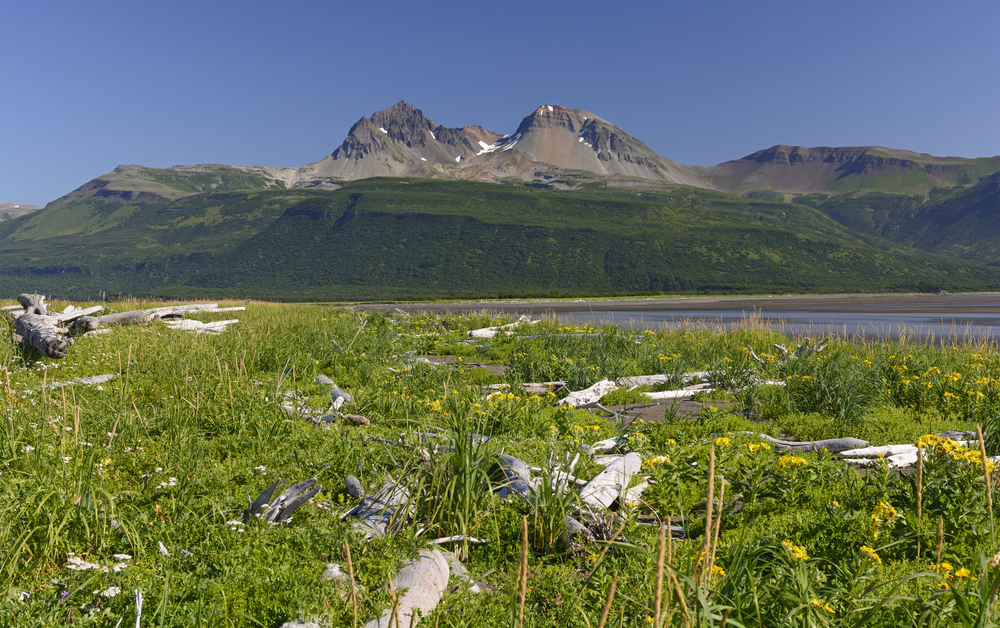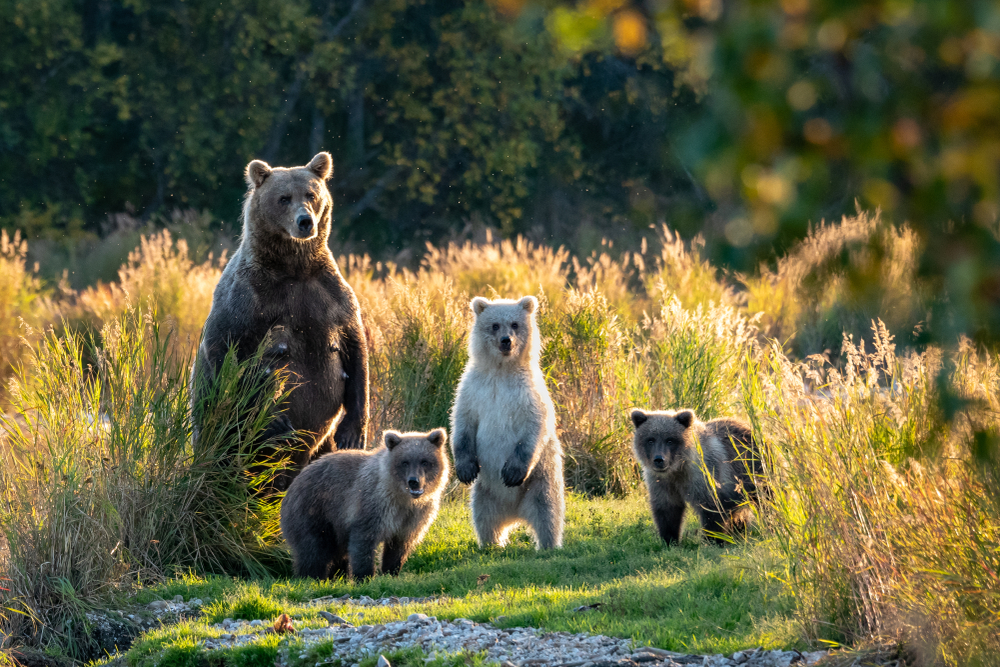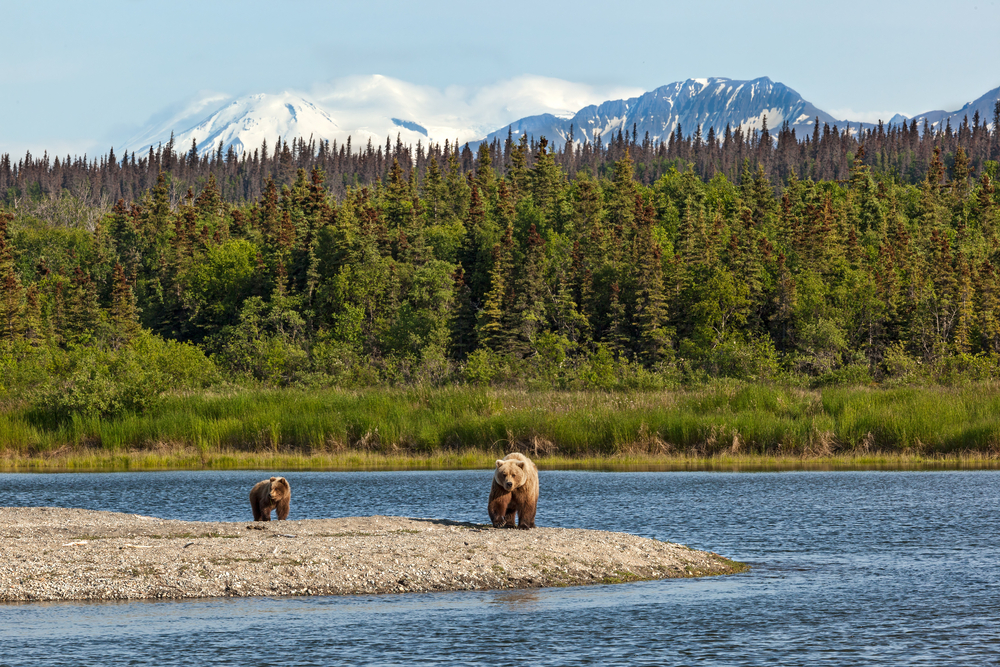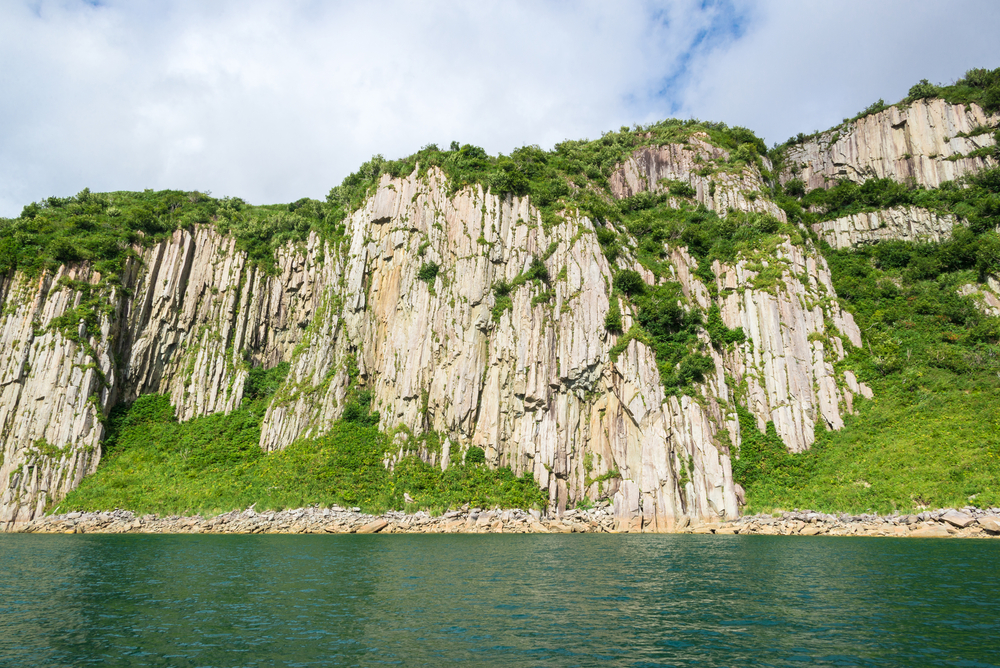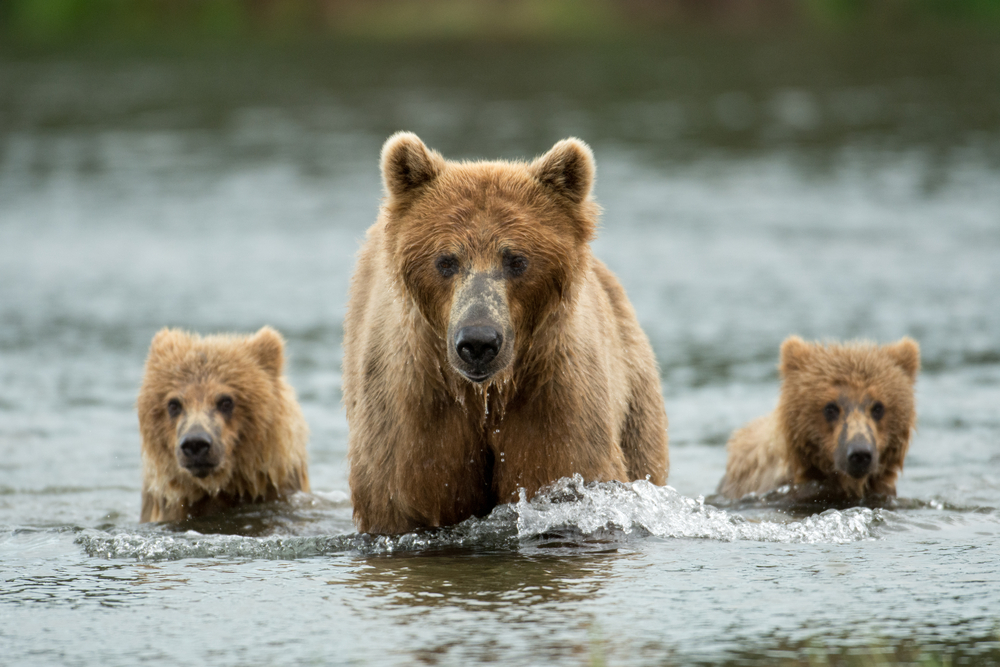Popular
Katmai National Park, a wild and pristine landscape in Alaska, is not only a haven for its famous predators but also supports a diverse array of other wildlife species, each contributing to the rich tapestry of life in this unique ecosystem, where visitors can witness the interconnectedness of nature in dramatic settings.
Sockeye Salmon Central to Katmai’s ecosystem, Sockeye Salmon undertake a massive annual migration, providing essential nutrients to the land and its inhabitants.
Moose The solitary Moose roams Katmai’s forests and wetlands, browsing on willows and aquatic plants, a majestic sight against the park’s backdrop.
Beaver As nature’s engineers, Beavers shape the park’s waterways, creating ponds and wetlands that support a wide range of species with their dams.
Harlequin Duck Colorful and distinctive, Harlequin Ducks are often spotted in the park’s fast-flowing rivers and near coastal areas, feeding on invertebrates.
Trumpeter Swan The elegant Trumpeter Swan, with its long neck and pure white feathers, graces Katmai’s lakes and rivers, the largest of North American waterfowl.
Belted Kingfisher Often heard before seen, the Belted Kingfisher dives into water to catch fish, a blue flash against the park’s rivers and streams.
Common Loon The haunting call of the Common Loon echoes across Katmai’s lakes, a quintessential sound of the north, admired for its striking black and white plumage.
Tundra Swan Migratory Tundra Swans stop in Katmai during their long journeys, their presence a sign of the changing seasons in Alaska’s vast landscapes.
Arctic Tern Notable for having the longest migration of any bird, Arctic Terns visit Katmai, showcasing incredible endurance as they travel between poles.
American Dipper Unique among songbirds for its aquatic habits, the American Dipper is seen submerged in streams, searching for insects, a small but mighty presence.
Katmai National Park’s diverse array of wildlife, from the vital Sockeye Salmon to the migratory Arctic Tern, showcases the park’s role as a critical sanctuary for species navigating the challenges and opportunities of life in Alaska’s dynamic environments.








































































